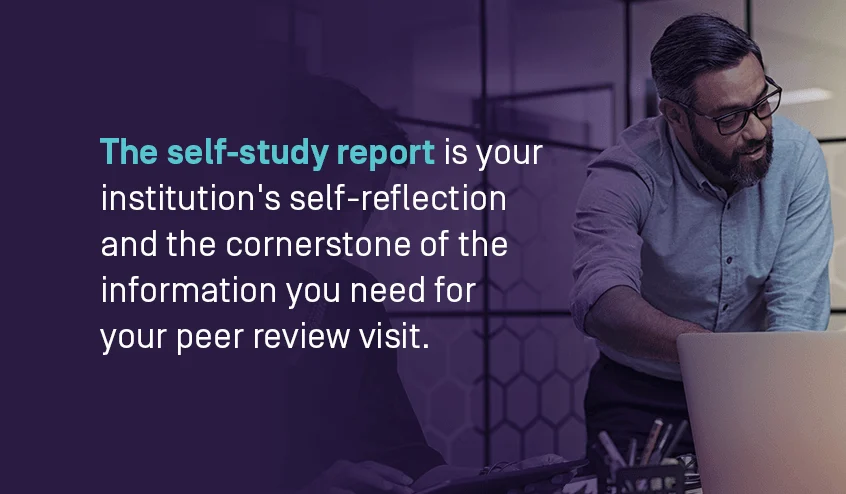
As costs rise and enrollment forecasts for many institutions decline, higher education institutions are seeking to steer their budgets back into the green. There are only so many costs an institution can cut while upholding educational quality, so the ideal solution is to increase revenue. With a shrinking pool of traditional college-age prospects, diversifying revenue streams is vital for supplementing tuition income. But which alternative revenue sources are viable for your institution?
Explore the value of alternative revenue streams in higher education and how your institution can unlock new ways of earning.
Why diversifying revenue matters
Diversifying revenue streams is crucial to meeting the rising costs of providing high-quality education. These costs include:
- Advancing classroom technology, network optimization, and cybersecurity.
- Meeting student needs for academic resources and support services.
- Paying fair, competitive salaries to faculty and staff.
There are two main reasons why institutions need new revenue streams to manage these costs. First, federal and state funding for higher education is drying up. Nationwide, public funding for higher education was over 10 percent less per student in 2021 than in 2001. Since 2024, the new administration’s policies and proposals have put forward significant cuts to research and scholarship funding, suggesting the funding decline is likely to continue.
Second, shifting the financial burden onto students through significant tuition increases is not viable. Keeping tuition affordable and providing financial aid are critical to cultivating inclusive campuses where students can persist and realize their academic potential regardless of their socioeconomic backgrounds. On top of that, many institutions are already experiencing the projected enrollment cliff due to falling birth rates, stagnating enrollment rates, declining trust, and competing educational options.
With the security net of public funding fraying, it’s time to explore alternative sources to complement tuition revenue.
10 higher ed revenue generation ideas
By engaging with all your stakeholders, from students and support staff to faculty and community members, you can brainstorm a list of revenue streams for your institution to pursue. The possibilities are endless, but these 10 ideas can help start the conversation.
1. Prioritizing retention
Enrollment and retention go hand in hand to determine your tuition revenue. Improving retention rates can brighten your institution’s financial picture even if enrollment stagnates or dips. Effective strategies for boosting retention include:
- Using student satisfaction surveys to understand what learning experiences, support services, and extracurricular opportunities students want.
- Running predictive analytics to identify students at risk of disengagement and guide early interventions.
- Cultivating an inclusive, welcoming student community.
2. In-demand programs
Leverage labor market data to identify skills gaps your institution could fill with new programs or courses. Aim to make these accessible to both traditional and nontraditional students through hybrid or online instruction, flexible assessment schedules, and comprehensive student support services. Market these new programs to keep enrollment up through diversified, in-demand study options.
3. Microcredentialing programs
Develop skills-based online microcredentials in high-demand areas like project management, digital marketing, or data analysis. Local industry leaders can help identify skill gaps to inform curriculum design. This provides a flexible, revenue-generating alternative to traditional degree programs, though you could offer stackable credentials that lead to degrees.
4. Content creation

Sharing engaging content related to your academic programs, campus life, and faculty expertise opens several revenue streams. You can earn directly by monetizing social media channels, but your content can also market your institution to prospective students. You can also create a digital product funnel, using free content, like eBooks and instructional videos, to attract leads to paid courses or consulting services.
5. Data-driven fundraising
Use surveys and analytics to understand the giving behavior and philanthropic interests of alumni and other donors. Use this data to craft and monitor fundraising campaigns while personalizing outreach to major gift prospects.
6. Optimizing retail spaces
Leverage retail best practices to maximize revenue per square foot in every existing retail space on your campus, from bookstores and coffee shops to stadiums. Promote specials and high-margin products via physical signage and online advertising, and incentivize students to shop on campus through loyalty rewards programs.
7. Premium athletics experiences
A recent survey found that 63.7 percent of respondents watched or attended a college sports event in the last year. Turn your campus into a profitable, attractive destination for sports enthusiasts by offering season tickets, VIP packages, private lounges, meet and greets, and premium food and drink options.
8. Facility leasing
Leasing underutilized campus spaces to businesses or community groups is an excellent way to generate revenue from existing assets while contributing to your community.
9. Innovation hubs
Lease space to industry partners for use as innovation hubs, with practical learning and research opportunities for students. Along with rental income, contributing institutional resources and expertise to new product and design developments can lead to equity stakes in successful ventures.
10. Vendor partner events
On-campus vendor expos can attract both local and large businesses. Hosting vendor expos lets your institution profit by charging registration fees, but it also creates opportunities for sponsorships and cost-saving partnerships. Meanwhile, the businesses benefit from exposing your students, staff, and faculty to their products.
Why data is key to alternative revenue generation in higher ed
Data is your ultimate resource for shaping new revenue-generating ideas and optimizing existing higher ed revenue streams. The benefits of collecting and analyzing data for revenue diversification include:
- Understanding demand: Data analytics can reveal what skills your programs should develop, what priorities impact alumni donation decisions, and how your facilities can attract interest from businesses.
- Identifying inefficiencies: Analyzing facilities usage data can help identify underutilized spaces suitable for innovation hubs or other opportunities to maximize rental income.
- Recognizing needs: Student engagement data can flag current students who need support to persist, while survey feedback can uncover the changes that would attract students to enroll in or stay at your institution.
- Personalizing engagement: Combining engagement data with AI helps you create personalized messaging to connect with students, alumni, and prospects.
- Measuring progress: Financial and behavioral data reflect how successful your ongoing revenue-generating efforts are and how you could improve them.
- Demonstrating impact: Attendance, sales, and feedback data can justify further investment to your stakeholders.
Leverage data to increase revenue with Watermark
Diversifying revenue streams is becoming an essential strategy for higher ed institutions to survive and thrive in an uncertain economy. But the success of your revenue-generating efforts depends on the quality of the data that informs them. With the Watermark Educational Impact Suite (EIS), you can harness data to discover new revenue sources and optimize existing streams.
This user-friendly higher education software arsenal equips you to:
- Understand student engagement trends to attract and retain students.
- Build courses and credentials that meet demand based on the latest labor market data.
- Streamline survey creation and feedback analysis to discover and enhance revenue-generating activities.
Request a demo of our EIS today to discover how data can drive revenue diversification at your institution.
















































































































































































































































































































































































































